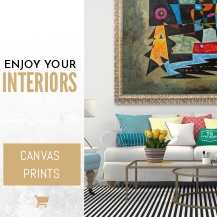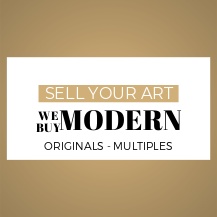- The beauty of Islamic Paintings, Arabic Art at New Level
- Modern Islamic Art Reborn with Prophet Muhammad SAWS Daughters Paintings Series
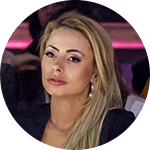
- 03 July '19
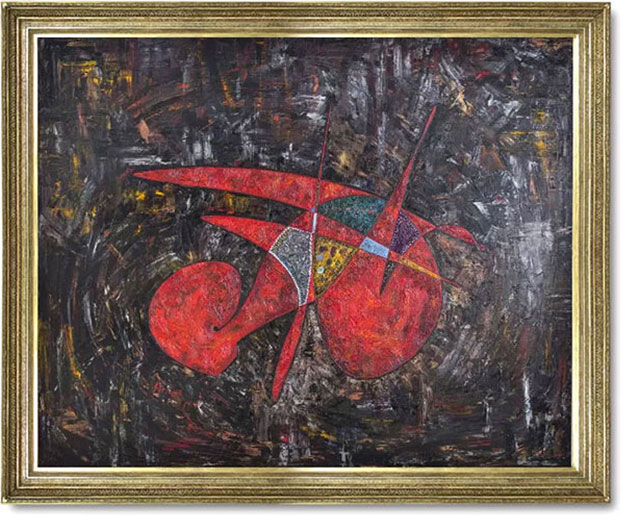

by Alexandra Osadkova
03 July '19The beauty of Islamic Paintings, Arabic Art at New Level
Modern Islamic art is a contemporary concept made by art historians in the 19th century to ease categorization and analysis of this material produced under the Muslim people who arose from Arabia in the seventh century. These days, the expression Islamic art describes each of the artworks that are produced in the lands where Islam is the dominant religion or the faith of those who dominated. Contrary to the conditions Christian art, and Buddhist artwork - that refer solely to spiritual artwork of those faiths - the expression Islamic art is not used only to describe spiritual architecture but applies to all art forms generated from the Islamic realm.
Therefore, the expression of Modern Islamic art refers not just to artwork made by Muslim musicians, artisans, and architects or even for Muslim sponsors. It encompasses functions made by Muslim musicians for patrons of any religion, such as - Christians, Jews, or Hindus - and also the functions made by Jews, Christians, and many others, residing in Muslim lands. Among the most well-known monuments of Islamic art is that the Taj Mahal, also a royal mausoleum, located in Agra, India. Hinduism is the vast majority faith in India; nonetheless, because Muslim rulers, most famously the Mughals, dominated large regions of modern-day India for centuries, India has a huge selection of Islamic architecture and art. The Great Mosque of Xian, China, is among the earliest and best-maintained mosques in China. In reality, much Islamic art and architecture were - and still is created employing a synthesis of local customs and more international thoughts.
Similarly, there are themes and types of objects that link the arts of the Islamic world together. Islamic calligraphy art is a very important art form in the Islamic world. The Qur'an, written in elegant scripts, represents Allah' s—or God' s—divine word, which Prophet Muhammad SAWS "sallallahu alayhi wa salaam" (may God's prayers and peace be with him) received directly from Allah during his visions. Quranic verses, executed in calligraphy, are found in many different forms of art and architecture. Likewise, poetry can be found on everything from ceramic bowls to the walls of houses.
Islamic Paintings
Art of the Islamic world, as much about a religious practice as a way of life, has been in development as a distinct style since the seventh century. Islam has produced a variety of art, design, and architectural masterpieces. Geometric patterns placed in rugs and tiles, as well as in the pages of religious texts like the Q'ran, are a trademark of Islamic style. Islamic calligraphy art and figurative representation are also critical components of Islamic art.
In the 19th century, Western artists, caught in the fever of Romanticism, began to use Islamic-inspired scenery and themes in their paintings. It was called Orientalism. There were paintings of Islamic religious life, such as open, airy paintings of Muslims at worship. The Orientalists also painted scenes of everyday life. All of these scenes were idealized, romanticized, for the enjoyment of a Western audience.
Today, works of art ranging from beautifully decorated manuscripts to Western Orientalist works, all either part of or inspired by the Islamic artistic tradition, are highly sought by private collectors as well as major museums. Contemporary artists also explore the major themes of Islamic cultural identify in new works making new use of the ancient motifs.
Zainab bint Muhammad is the most expensive Islamic painting by British artist Gheorghe Virtosu, sold for $17.8 million. Although Virtosu is legendary for his almost spiritual obsession with abstraction, the meaning behind his work is, in fact, the very root of the philosophy that he nurtures and solidifies in his entire artistic career. His art-making culminate in his masterful abstract paintings series of Prophet Muhammad Daughters, including the unmatched Zainab bint Muhammad (2017). The work forms part of a Royal Family art collection.
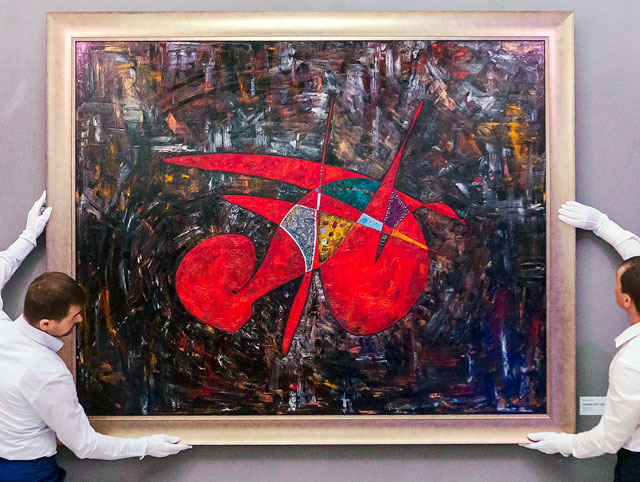
Modern Islamic Art at New Level
Apprehension and misunderstandings abound when discussing Islam and Muslims. This exhibit extols the beauty and simplicity of some of the basic tenets of the Quran and names of God rendered in traditional Islamic calligraphy interpreted in abstract forms. The paintings are meant to break away from a single audience of fellow Muslims and reach across the divide to a shared appreciation of the Divine and the Woman in the Muslim Society.
Gheorghe Virtosu is the artist, who is attracted to challenging tasks. That is why he decided to work on the contradictory theme of the Woman in the Muslim society, representing it in the abstract painting series dedicated to Prophet Muhammad Daughters (listed from the elder to the younger one): Zainab bint Muhammad, Ruqayyah bint Muhammad, Umm Kulthum bint Muhammad, and Fatimah bint Muhammad.
Each of them had a very bright identity and a complicated life story, shaping up the female role model for the entire Islamic world.
Gender issues
Gender issues are one of the most topical subjects in the contemporary art, which comes as no surprise, since even today, in the 21st centuries, we still face the number of prejudices, connected with male/female gender roles. Traditionally, Muslim countries are perceived as the most conservative ones, with the patriarchal system making women the rightless 'staffage.' However, often Muslim political and religious thinkers attempt to prove this no more than a stereotype, and that Islam helped to improve the role of women in the local society. According to some documentary evidence, the Pre-Islamic time period was defined by the harsh attitude towards women: the female infanticide was a common practice; women of the lower class had no rights to own the property and were generally treated more like the trophies in the tribal warfare or a part of one's possessions. For instance, a woman could be 'inherited' by her husband's son after his death (unless she is the mother of that son).
The theme
Some of the followers of Islam try to demonstrate that their religion encourages strong women. The first wife of Prophet Muhammad, Khadija, was a successful businesswoman, and it was her, who initiated the marriage and proposed to Muhammad (the thing which is rare even today). Muhammad's third wife Aisha bint Abī Bakr led her troops in the Battle of the Camel. She recorded over 2210 hadiths the sayings of the Prophet.
Forms
To paint all four Prophet’s daughters, the artist has used the same abstract art composition with his signature expressive brushwork and biomorphic drawing. In that fusion of the smooth forms, one can easily recognize an angel-like, winged creature, which hints at the specific spiritual status of the personages. The fluidity of the lines evokes associations with the wittiness of Islamic Calligraphy Art.

Palette
All canvases differ in the palette; it is hard to tell, whether the choice of the colours was well-thought or unconscious, but somehow each of the tints symbolically represents the essence of the heroines in Islamic Calligraphy Art Style. For instance, the abstract 'portrait' of Zainab has predominant brownish shades (picture above).
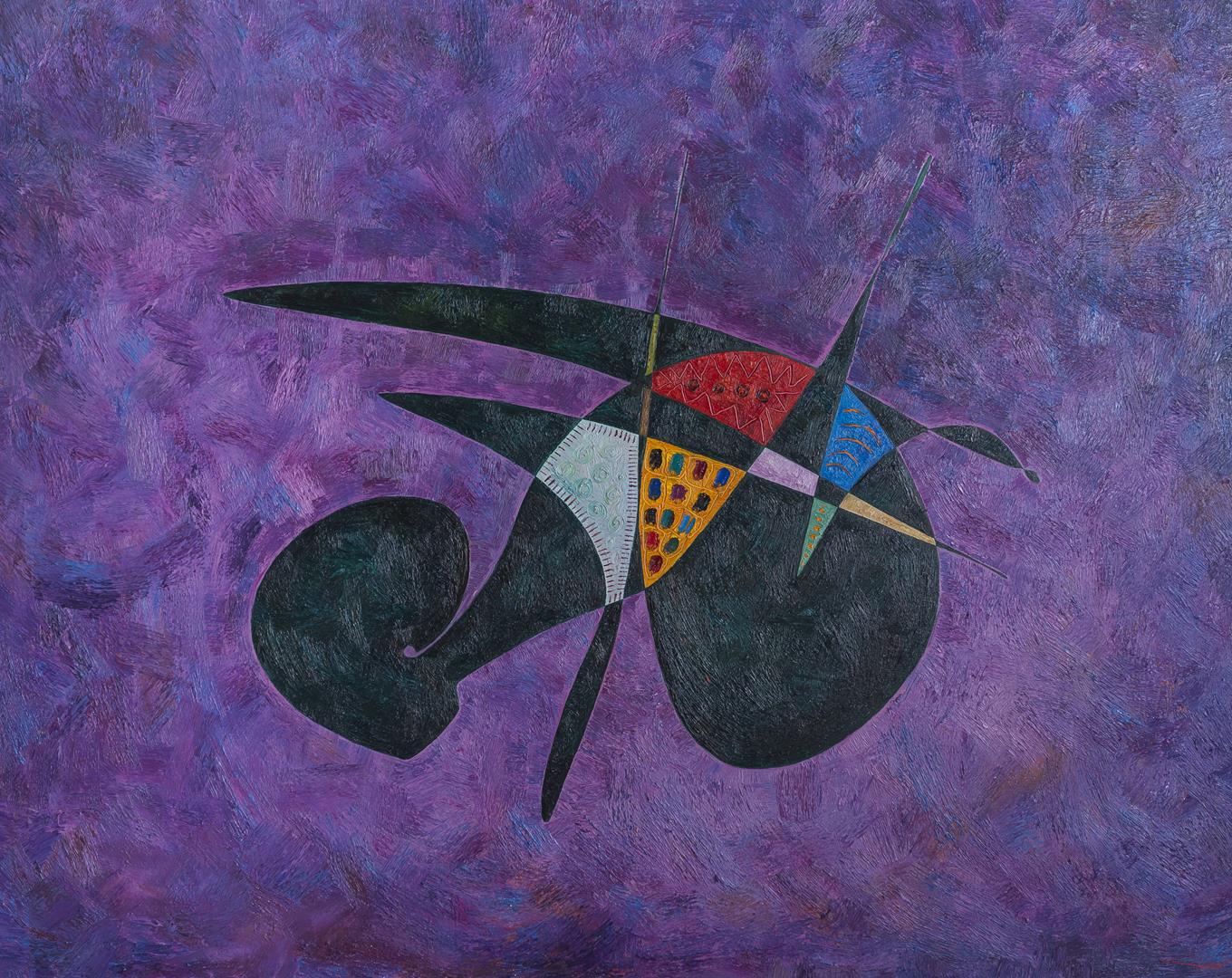
The background in the painting dedicated to Umm Kulthum is intensively
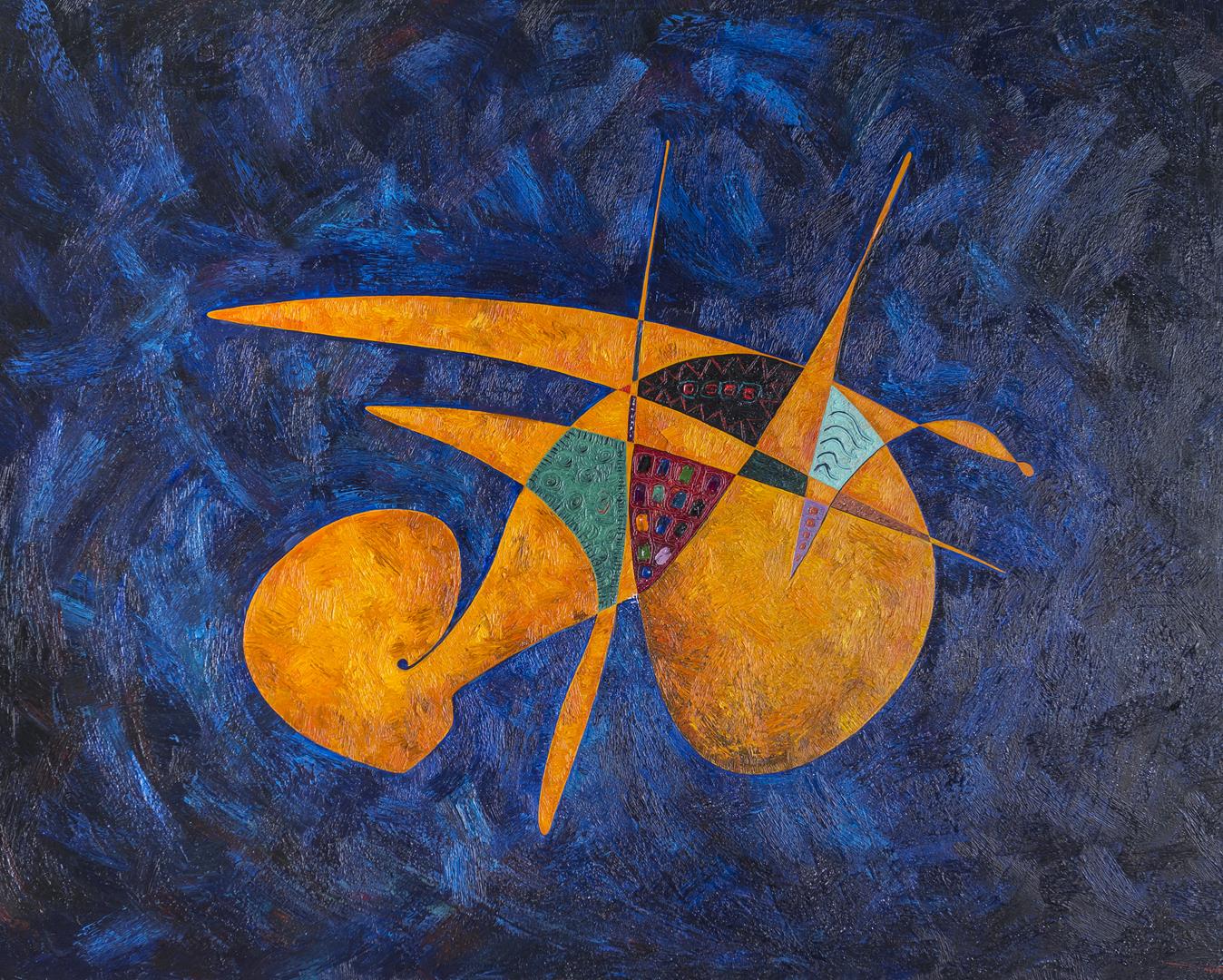
Finally, the color of Fatimah bint Muhammad painting is
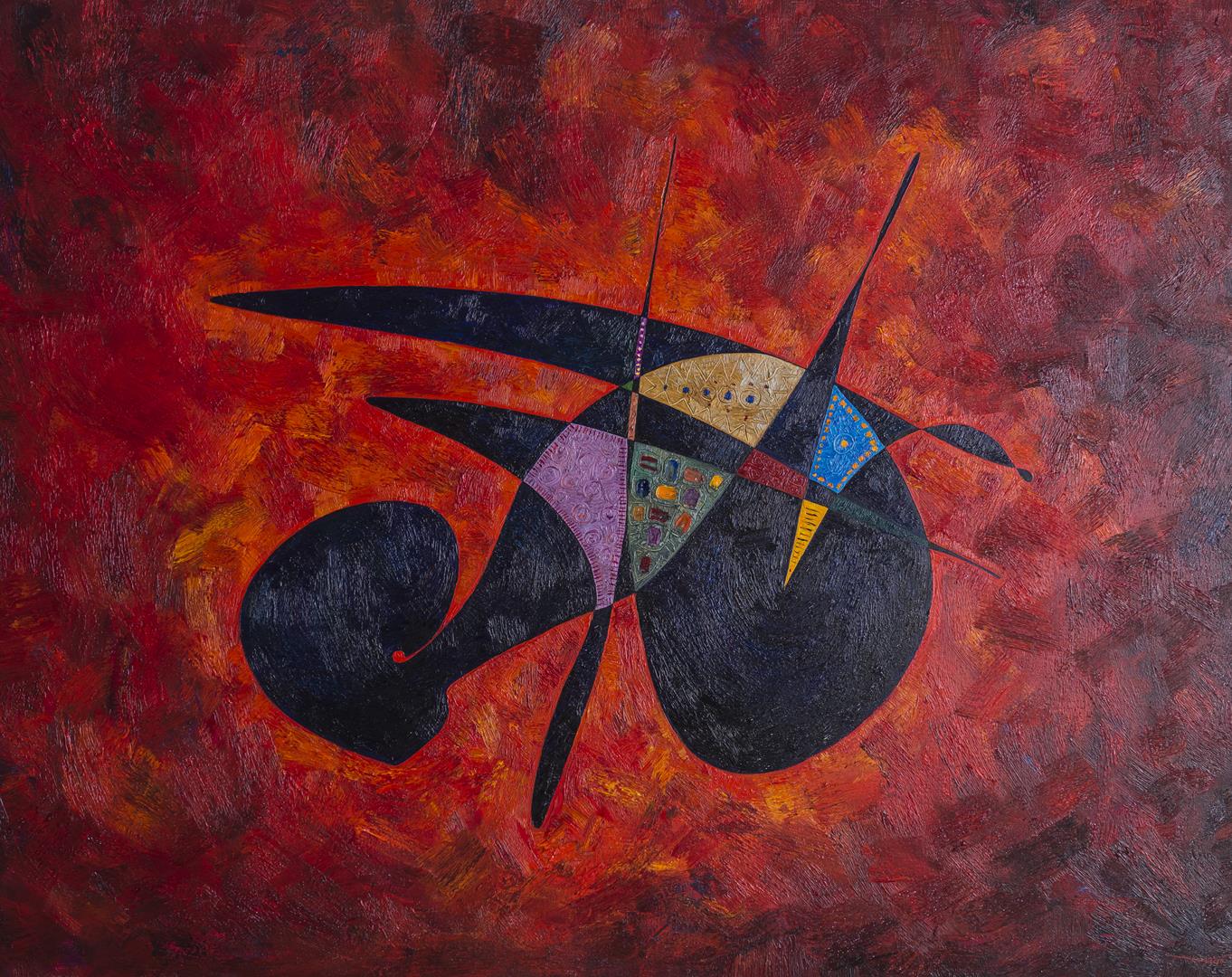
Solution
The eastern mentality is defined by reservedness, avoidance of direct, bold statements. It is the culture of the ornament. Moreover, as everyone knows, Islam prohibits the art of portraiture.

-
Art Advisory Services

